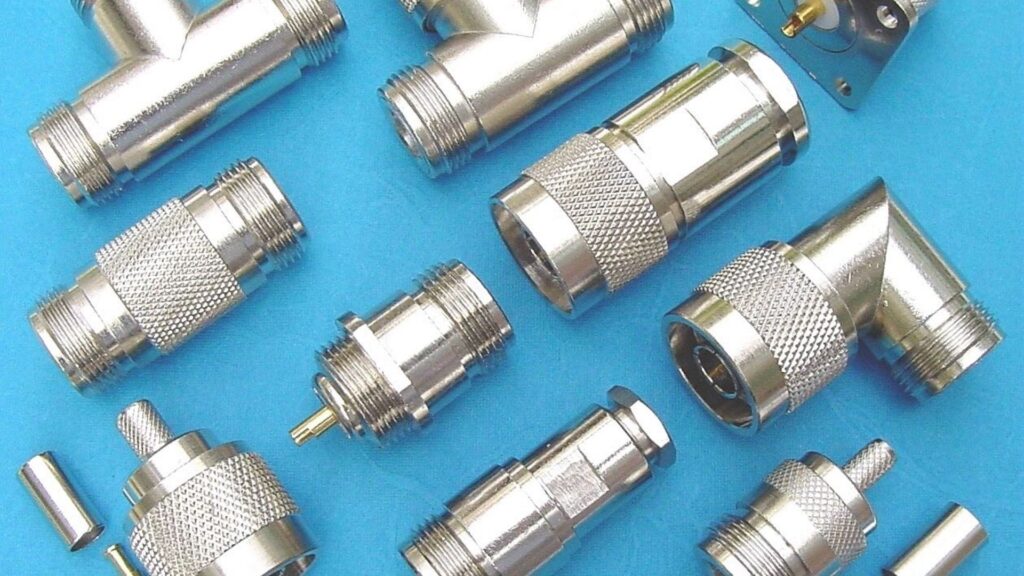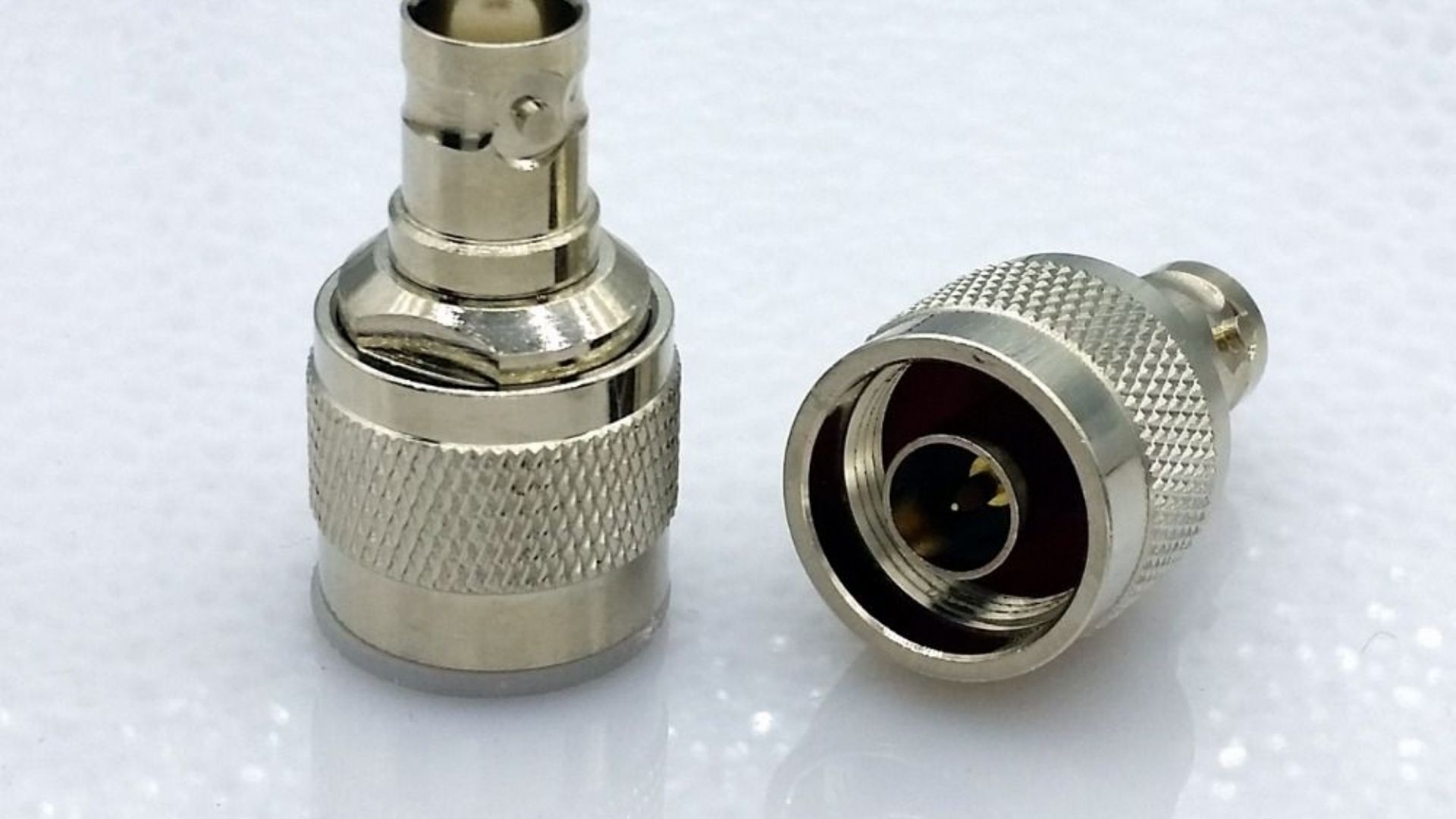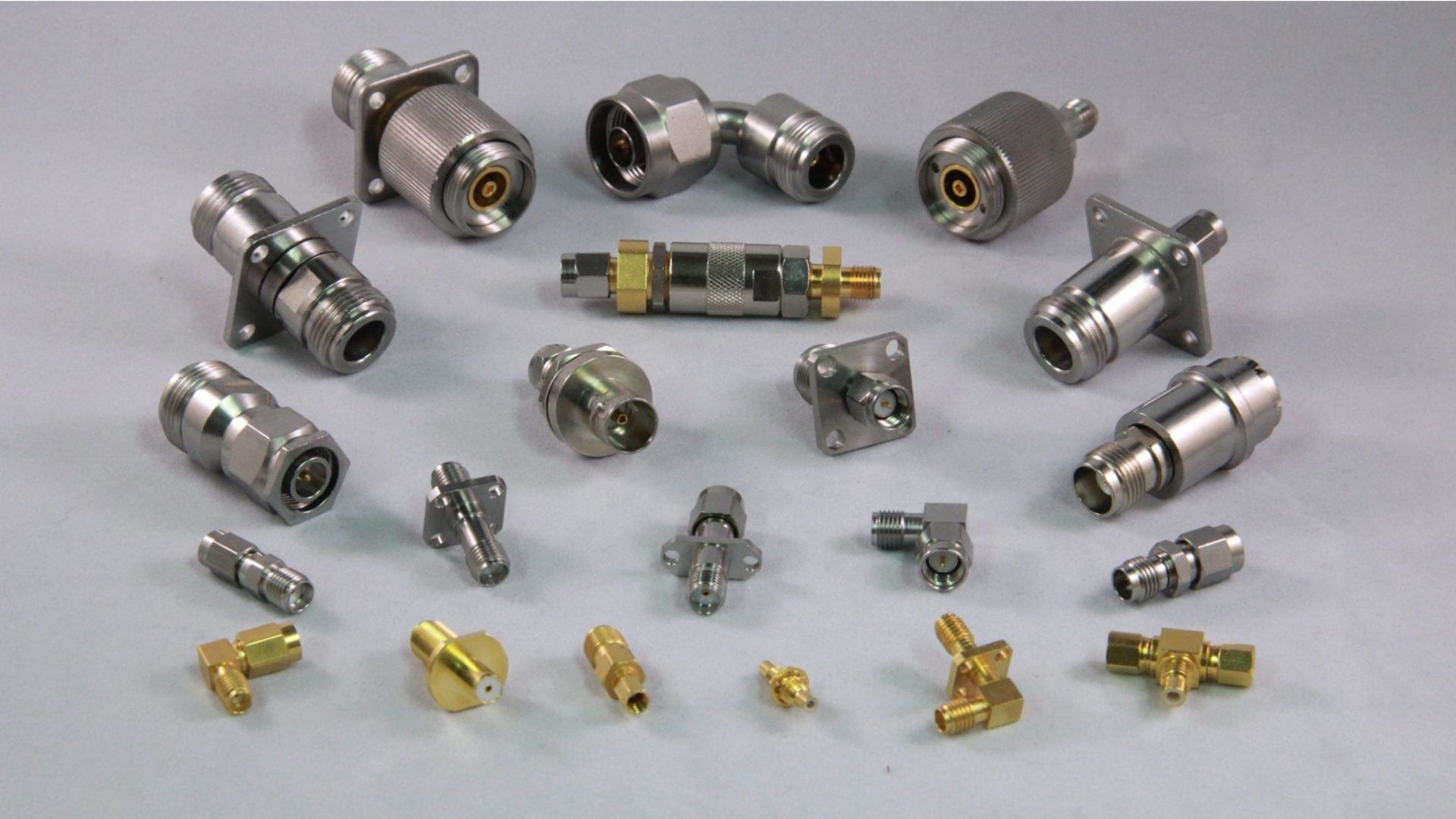Introduction:
N-Type coaxial connectors play an essential part in radio frequency (RF) and microwave communications, thanks to their durability, high performance, and versatility – qualities which have earned them wide popularity for various applications. We will explore all aspects of N-Type coaxial connectors‘ design, applications, advantages, disadvantages, etc. in this comprehensive guide.
Understanding N-Type Coaxial Connectors:
N-Type connectors are a type of coaxial connector characterized by their threaded coupling mechanism and robust build. They were originally developed during World War II and have since evolved into a standardized connector used in various RF and microwave applications. The “N” in N-Type stands for “Navy,” highlighting their initial use in military applications.
Key Features and Design:
N-Type connectors are designed with a 50-ohm impedance, making them ideal for applications requiring high-frequency transmission, such as telecommunications, broadcast, and radar systems. They also come in a 75-ohm version, commonly used in cable television and other broadcasting applications.
One of the defining features of N-Type connectors is their threaded coupling mechanism. This design ensures a secure and reliable connection, even in harsh environments. The connector’s male and female counterparts screw together tightly, minimizing signal loss and preventing accidental disconnection.
N-Type connectors are available in various sizes, including N-Type, N-Type L, and N-Type SMA, each with its specific applications and frequency ranges. They can handle frequencies from DC (Direct Current) up to 18 GHz or even higher, depending on the connector’s design and quality.
Applications:
N-Type coaxial connectors find applications in a wide array of industries, including:
- Telecommunications: N-Type connectors are commonly used in cellular base stations and antenna systems, ensuring reliable signal transmission.
- Aerospace and Defense: Their rugged construction makes N-Type connectors suitable for military and aerospace applications, including radar systems and communication equipment.
- Test and Measurement: These connectors are favored in laboratories and testing environments where precision and accuracy are paramount.
- Broadcasting: N-Type connectors are used in broadcasting equipment and satellite communication systems.
Advantages of N-Type Coaxial Connectors:
- Durability: N-Type connectors are built to withstand extreme temperatures, moisture, and vibration, making them ideal for outdoor and harsh environments.
- Low Signal Loss: Their threaded design ensures a tight connection, minimizing signal loss and maintaining signal integrity.
- Versatility: With various sizes and impedance options, N-Type connectors can adapt to a wide range of applications.
- High Frequency Capability: N-Type connectors can handle high-frequency signals, making them suitable for demanding RF and microwave applications.
Conclusion:
N-Type coaxial connectors are a staple of modern RF and microwave technology, known for their sturdy designs, high performance capabilities and wide variety of uses across industries. From setting up telecom networks to working in aerospace & defense or conducting precise measurements in lab environments – N-Type connectors offer reliable connectivity that works smoothly every time – this knowledge of their features and applications are essential for those involved in RF/MW technology.



